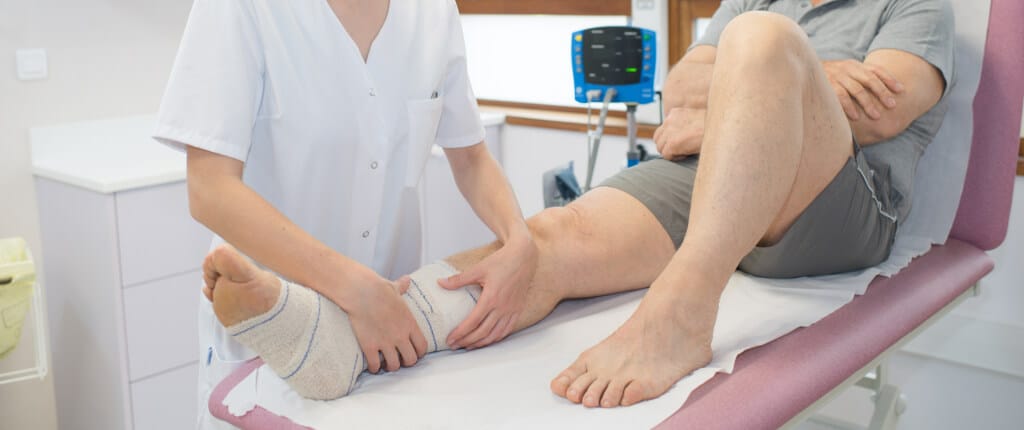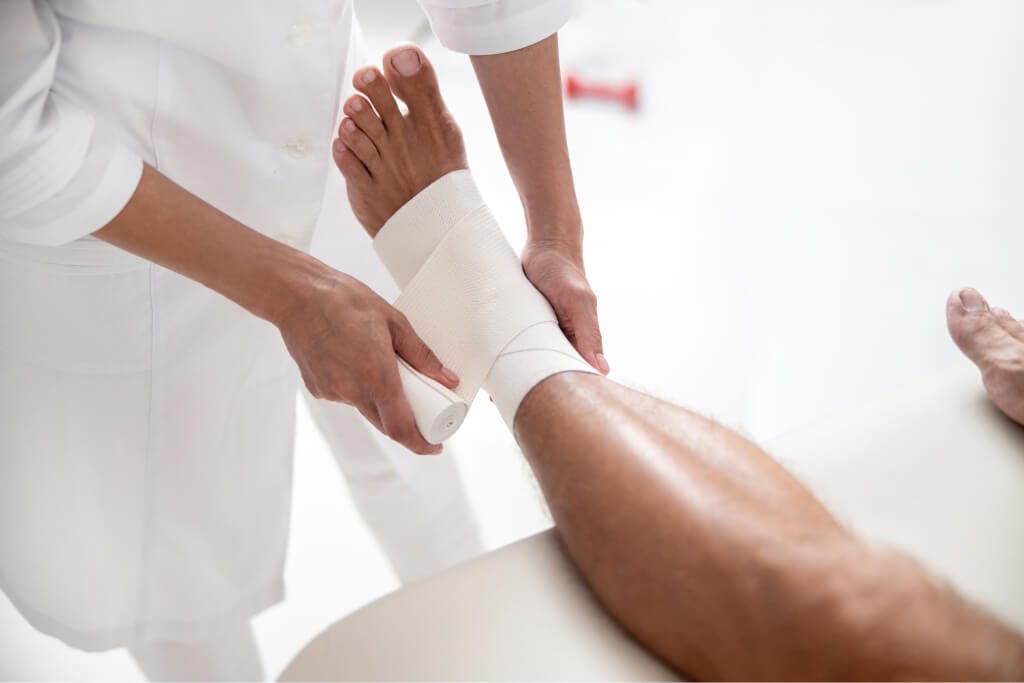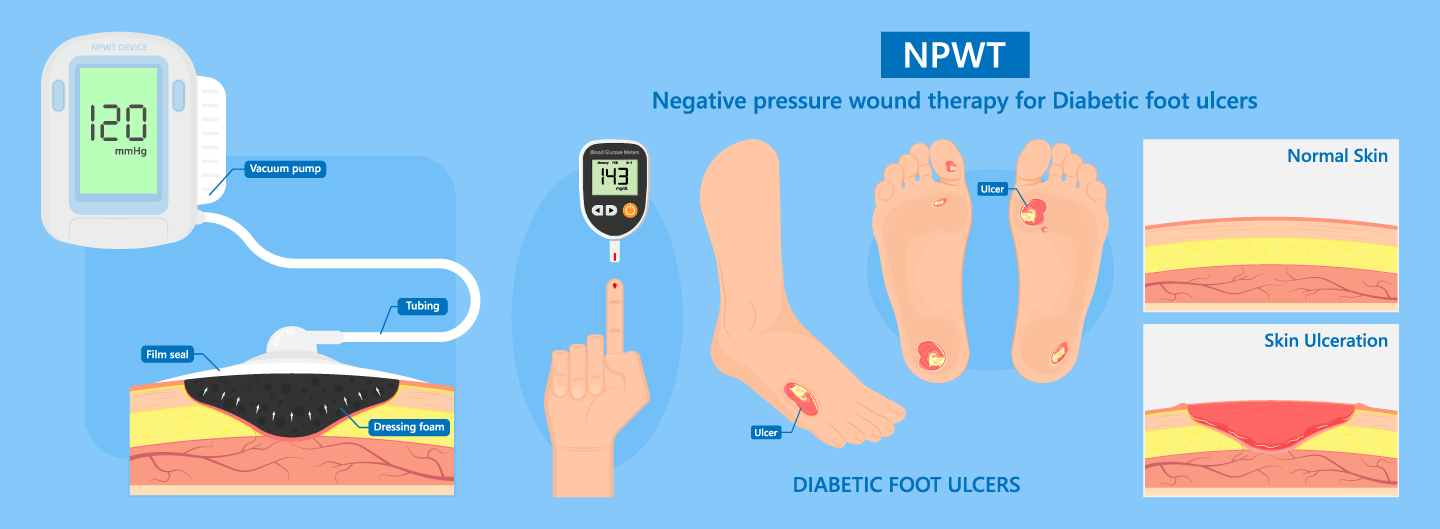What is Negative Pressure-Wound Therapy?
Negative pressure wound therapy (NPWT), also called vacuum-assisted wound closure (VAC) is a technique that employs suction to remove fluids and exudate from acute and chronic wounds. Negative pressure wound therapy has a number of advantages, including increased blood flow, decreased scarring, increased skin growth and strength, and decreased infection risk. These benefits have been shown to result in an overall improved healing process when used in conjunction with an integrated wound care treatment plan. Wounds that are not healing properly over time can greatly benefit form NPWT to help expedite the healing process. In addition, we find that NPWT also decreases the overall discomfort patients might be feeling from a slow to heal wound, as the dressings usually do not need to be changed as frequently and are often easier to keep in place than traditional bandages.

Why Choose Us for Negative Pressure Wound Therapy?
Conditions best treated with NPWT/VAC:
Surgical wounds, grafts, flaps
Wound dehiscence
Arterial and venous insufficiency ulcers
Delayed radiation injury
Diabetic complications
Gas gangrene
Necrotizing infection
Pressure ulcers

Keep Informed. Take Care.
VAC therapy is more effective than conventional dressings at reducing wound volume, depth, treatment duration, and cost & can be performed in an outpatient setting.
How Does Negative Pressure-Wound Therapy Work?
The application of VAC entails thorough debridement, adequate hemostasis, and the use of sterile foam dressings. A tube is embedded in the foam, and the wound is sealed to ensure that it is completely airtight. The tube is then connected to a vacuum pump equipped with a collection container for the collected fluid. Suction is provided continuously or intermittently depending on the treatment plan. Negative pressure therapy stabilizes the wound environment, decreases wound edema/bacterial load, increases tissue perfusion, and promotes granulation tissue and angiogenesis. All of this increases the likelihood of primary wound closure and decreases the need for plastic procedures.

